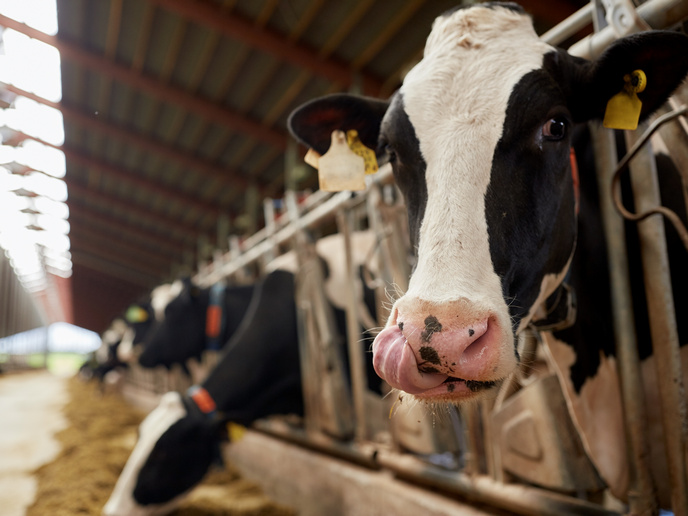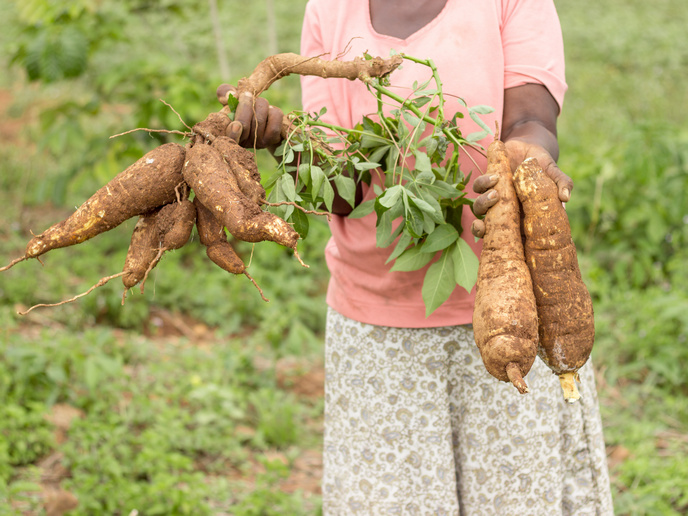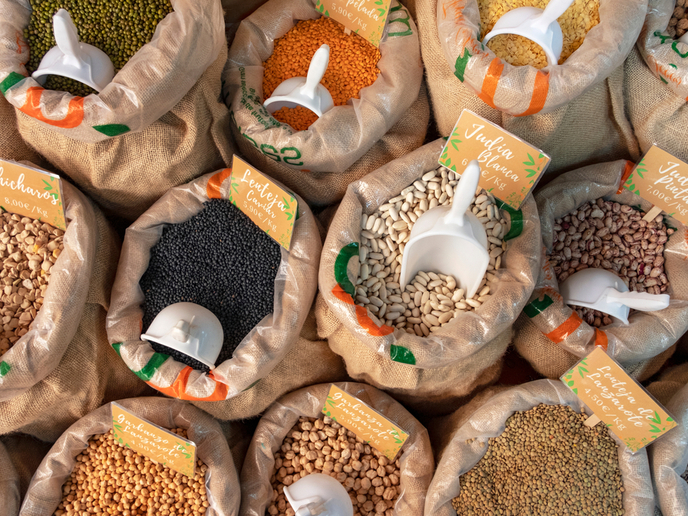Towards a more efficient cow
Milk may do the body good, but the nitrogen that goes along with milk production – not so much. In fact, excess use of nitrogen can have a negative impact on the environment and animals. “Dairy cows are good at producing highly nutritious food for us from feedstuffs that we cannot eat,” explains Andreas Foskolos, an associate professor of Animal Science at the University of Thessaly(opens in new window). “However, they can have negative impacts on the wider environment by excreting excess nitrogen.” With the support of the EU-funded CowficieNcy project, Foskolos and his team are helping dairy farms better manage this excess nitrogen.
It starts with the cycle
Nitrogen is an essential nutrient used by farmers that, when used correctly, can be a key factor in increasing milk production. That’s why dairy cattle are regularly fed diets that are high in protein and, thus, nitrogen. But not everything a cow eats is used. Just like in humans, what’s not used leaves the body as waste. But unlike humans, instead of being flushed, this nitrogen-rich excrement is recycled as fertiliser – which is where the problems tend to arise. “Nitrogen is a dynamic element that changes form in molecules that cannot be utilised by plants,” remarks Foskolos. “Instead, they move towards other environments where they are accumulated, leading to the contamination of water supplies and air pollution.” While the nitrogen cycle has been thoroughly studied, Foskolos says little has been done to convert this knowledge into practical solutions for reducing nitrogen pollution on dairy farms. “Our aim was to provide tools that can help the dairy industry shift towards more efficient and less polluting production methods.”
Mathematical models for better managing nitrogen
Chief amongst these tools was the enhancement of two mathematical models, one cow-based, the other herd-based. With the goal of helping dairy farms better manage nitrogen, the models were implemented at several pilot farms located across Europe. “These pilot farms saw an improvement in their nutritional management, which resulted in increased milk nitrogen use efficiency and, consequently, in reduced nitrogen pollution from cattle milk production,” notes Foskolos. Specifically, the CowficieNcy approach demonstrated a significant improvement in milk use efficiency – from 29 % to 34 %. Moreover, thanks to the improvements made to the cow-based model, the nitrogen use efficiency status of non-productive animals was evaluated. “By allowing us to recognise weaknesses in heifer rearing, we were able to implement practical advances at the farm level in an effort to holistically increase the farm’s overall nitrogen use efficiency,” adds Foskolos.
Bringing together academic and non-academic players
To ensure its work made it from pilot to pasture, the project, which received support from the Marie Skłodowska-Curie Actions(opens in new window) programme, created a dynamic training environment for both academic and non-academic staff. “On the one hand, academic staff interacted with real, on-farm situations and gained experience in daily issues that affect both farm productivity and its environmental impact,” concludes Foskolos. “On the other hand, non-academic staff interacted with academics, gaining access to world-class laboratories, expertise and such fundamental skills as mathematical modelling.” Many of the project’s results have also been published in leading journals and presented at international events. The research team is currently looking to further explore the link between amino acid requirements and energy supply in dairy cattle.







